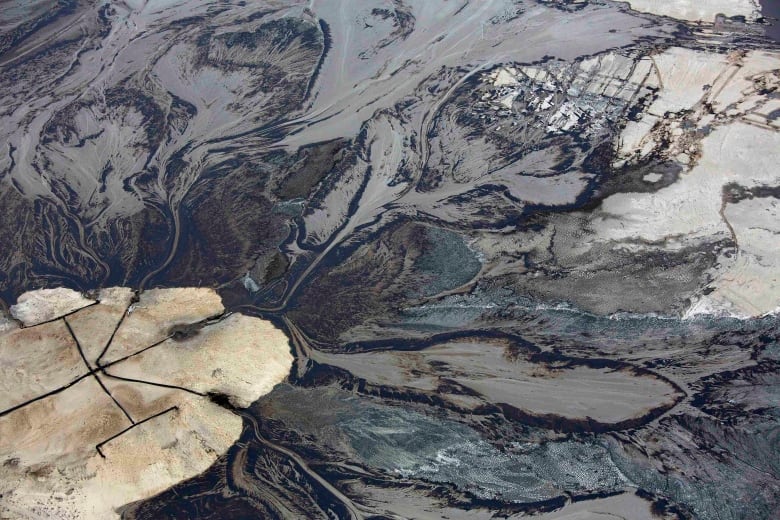SOURCE: CBC
DATE: April 23, 2019
SNIP: A number of major oilsands operations in northern Alberta seem to be emitting significantly more carbon pollution than companies have been reporting, newly published research from federal scientists suggests, which could have profound consequences for government climate-change strategies.
The researchers, mainly from Environment Canada, calculated emissions rates for four major oilsands surface mining operations using air samples collected in 2013 on 17 airplane flights over the area.
In results published today in the journal Nature Communications, the scientists say the air samples from just those surface mining operations suggest their carbon dioxide emissions are 64 per cent higher, on average, than what the companies themselves report to the federal government using the standard United Nations reporting framework for greenhouse gases.
The gap between the facilities’ reported carbon dioxide emissions and the levels calculated by researchers was 13 per cent for the Suncor site, 36 per cent for the Horizon mine, 38 per cent for Jackpine and 123 per cent for Syncrude.
It means that Canada’s total greenhouse gas emissions would be around 2.3 per cent higher than previously thought. And if research eventually shows that other oilsands sites are subject to similar underreporting issues, Canada’s overall greenhouse gas emissions could be as much as six per cent more than thought — throwing a wrench into the calculations that underpin government emissions strategies.

